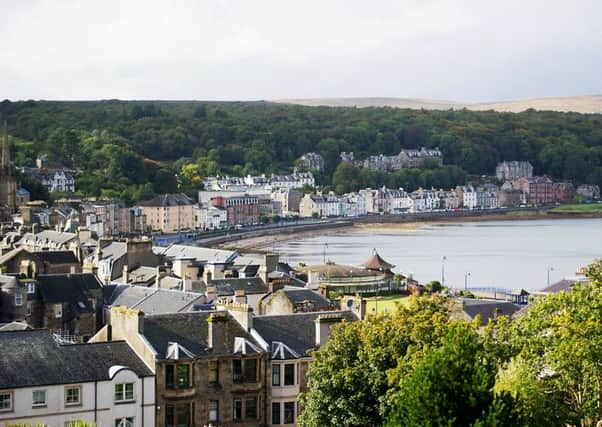One-in-five properties now holiday homes in parts of Scotland
This article contains affiliate links. We may earn a small commission on items purchased through this article, but that does not affect our editorial judgement.


Argyll and Bute has the highest average rate of second homes in Scotland at 7.1 per cent, followed by Eilean Siar (5.3 per cent), Highland (3.7 per cent) and Orkney Islands (3.5 per cent)
But deep pockets of second home ownership can be found across the country, including Cairngorms National Park - which includes towns and villages such as Ballater, Braemar and Tomintoul - where 11.1 per cent of properties are classed in this way. However, rates rise to more than 20 per cent in some areas within the park boundary.
Advertisement
Hide AdAdvertisement
Hide AdOn the Isle of Arran, 800 properties are listed as second homes - more than 20 per cent of all those on the island.
The area to the west of Perth towards Loch Tay and Loch Earn also records a second home rate of above 20 per cent.
Wester Ross in The Highlands, the Kyles of Bute and the Isle of Bute in Argyll also have more than a fifth of properties classed as holiday homes.
The figures cover second homes which are let out for fewer than 140 days a year.
Deputy first minister John Swinney announced in December’s budget that those buying a second home - either for their own use or as a buy-to-let - would be subjected to a supplementary tax worth three per cent of the purchase price on the property.
The Scottish Fiscal Commission said up to 8,500 and 12,500 transactions could be affected each year, and could raise between £19m and £27m.
Andrew Perratt, head of residential for Scotland and the North at Savills, said the tax announcement had driven sales of second homes ahead of April 1, when the policy was introduced for properties sold for £40,000 or more.
He said: “When buying a holiday home or a second home people can look for years as they aren’t an essential purchase. These buyers tend to be on the books longer and they are holding out for their dream property.
Advertisement
Hide AdAdvertisement
Hide Ad“It (the tax) focused minds on purchases. If people knew they had to pay an extra three per cent, it made the decision whether to buy easier. It probably also benefited some vendors. People in places like Argyll were putting their properties on the market a month or so earlier to meet this demand.”
The number of registered second homes has fallen in Scotland by more than 10,000 since 2012 when local authorities were given extra powers to reclassify such properties and charge owners higher council tax in some cases.
DOWNLOAD THE SCOTSMAN APP ON ITUNES OR GOOGLE PLAY